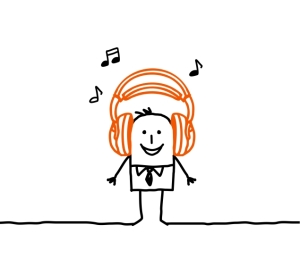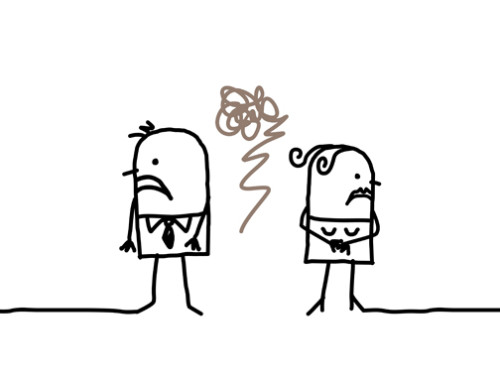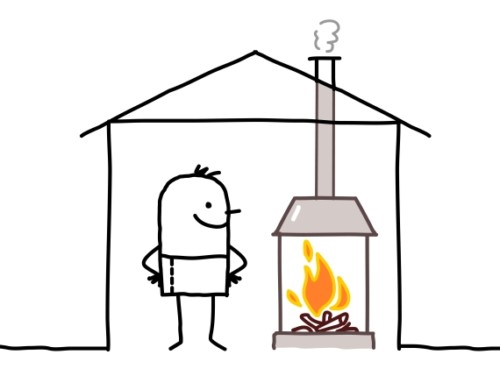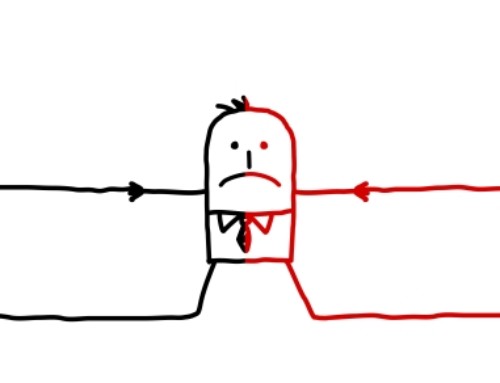In this article, I discuss habits to help you and your partner build friendship and intimacy by focusing on each other’s love languages.
In my last article, I discussed one of the keys to having thriving relationships—learning and practicing habits to help you and your partner build friendship and intimacy by nurturing the three elements of the relationship friendship. According to Dr. John Gottman, creator of the Sound Relationship House model, these elements involve building love maps by having ongoing knowledge of each other, expressing fondness and admiration toward each other and turning toward each other by frequently making and accepting bids for connection.
In this article, I will discuss additional habits which will help you and your partner to build friendship and intimacy. These habits focus on the Five Love Languages, a concept introduced by Dr. Gary Chapman whose landmark book of this title is subtitled, ‘The Secret to Love that Lasts.’
The love languages concept
Dr. Chapman proposed that people differ in what love means to them. This applies both in terms of how people express love to others and in how they prefer to have love expressed to them. These different ways of expressing and receiving love are the five love languages.
Once we have identified our partner’s primary and secondary love languages (Dr. Chapman includes in the book ‘his’ and ‘her’ questionnaires with a scoring key for this purpose), we can focus on expressing love to them in those languages. In other words, your partner is more likely to feel that you love them if you express love to them in a way which is meaningful to them. Similarly, you are more likely to feel that your partner loves you if your partner expresses love to you in a way which is meaningful to you.

What are the five love languages?
The five love languages are as follows:
1. Words of affirmation – Some people receive love best when their partner expresses words of fondness, admiration and appreciation to them.
2. Quality time – People with this as their primary love language want their partner to spend quality time with them in which they are focused on each other.
3. Acts of service – Feeling loved when your partner does things for you—whether they be favours or tasks–is the focus of this love language.
4. Receiving gifts – Contrary to what some people believe when they come across this love language, it is not about being materialistic. It is about how some people like to receive and cherish visual symbols of their partner’s feelings for them.
5. Physical touch – For some people, receiving physical affection is how they feel loved by their partner.

The secret to love that lasts
Dr. Chapman emphasizes that couples who make it a point to regularly express love to each other in their preferred love languages are more likely to have long-lasting relationships because the love is based on nurturing your emotional connection to each other. This contrasts with the kind of love which doesn’t last. This is the kind which is more prominent early in a relationship and which is based on heightened passion and uncertainty. When passionate love decreases in intensity, couples who also have love based on their love languages can, in the words of Dr. Chapman, keep their love tank full.
I use the concepts of Drs. Gottman and Chapman in my work with clients in couples counselling and relationship counselling as a Calgary psychologist and a Cochrane psychologist.
May you and your relationship partner express love to each other in your preferred languages,
Dr. Pat






Leave A Comment